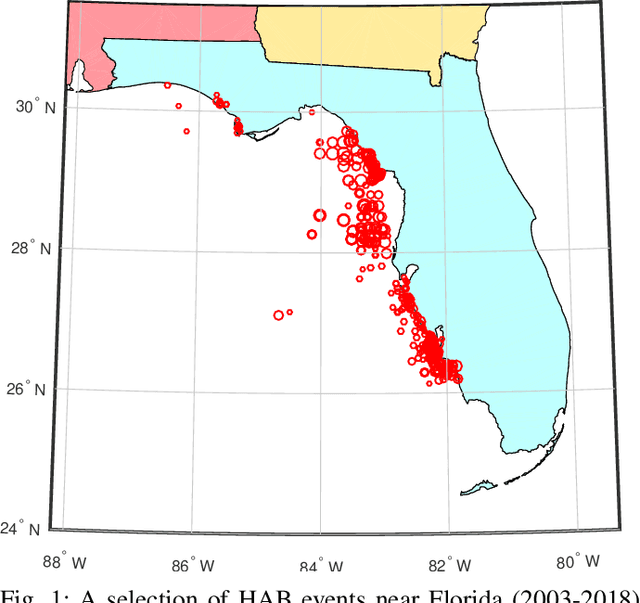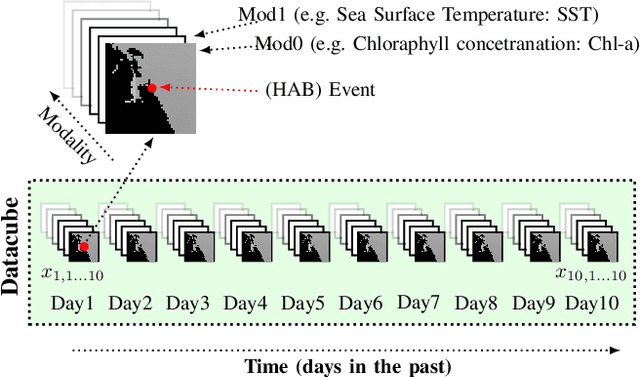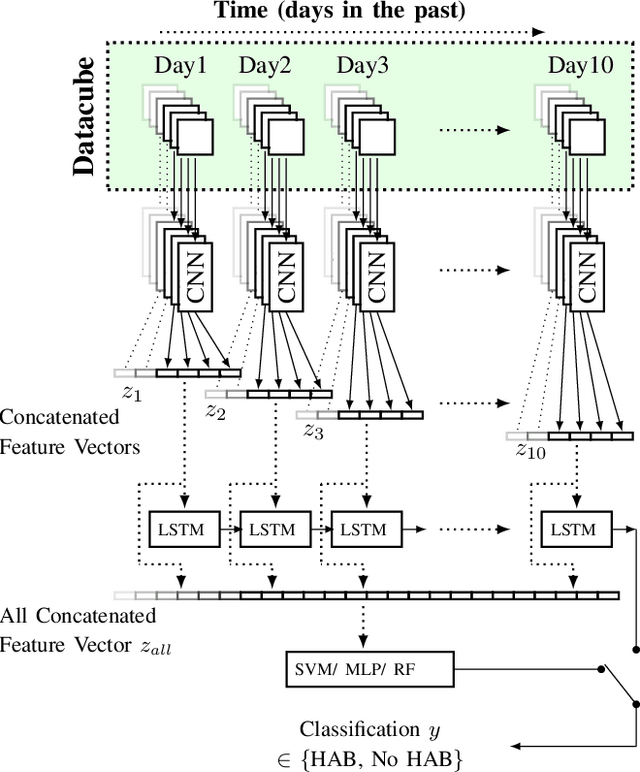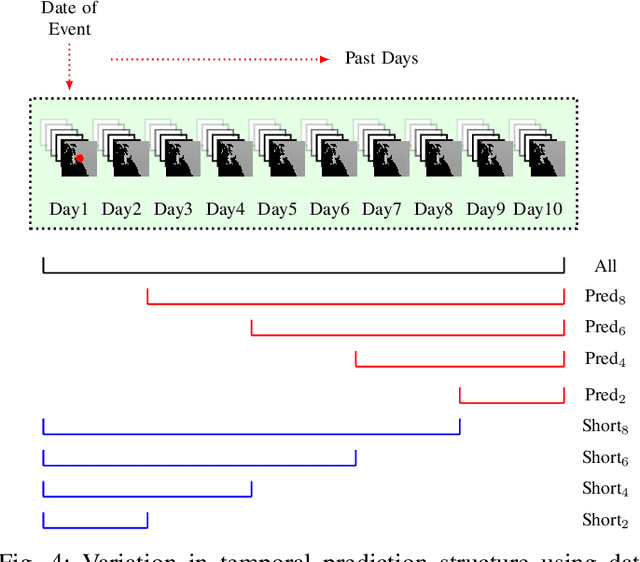A. Kumar
HABNet: Machine Learning, Remote Sensing Based Detection and Prediction of Harmful Algal Blooms
Dec 04, 2019



Abstract:This paper describes the application of machine learning techniques to develop a state-of-the-art detection and prediction system for spatiotemporal events found within remote sensing data; specifically, Harmful Algal Bloom events (HABs). HABs cause a large variety of human health and environmental issues together with associated economic impacts. This work has focused specifically on the case study of the detection of Karenia Brevis Algae (K. brevis) HAB events within the coastal waters of Florida (over 2850 events from 2003 to 2018: an order of magnitude larger than any previous machine learning detection study into HAB events). The development of multimodal spatiotemporal datacube data structures and associated novel machine learning methods give a unique architecture for the automatic detection of environmental events. Specifically, when applied to the detection of HAB events it gives a maximum detection accuracy of 91\% and a Kappa coefficient of 0.81 for the Florida data considered. A HAB prediction system was also developed where a temporal subset of each datacube was used to forecast the presence of a HAB in the future. This system was not significantly less accurate than the detection system being able to predict with 86\% accuracy up to 8 days in the future. The same datacube and machine learning structure were also applied to a more limited database of multi-species HAB events within the Arabian Gulf. This results for this additional study gave a classification accuracy of 93\% and a Kappa coefficient of 0.83.
 Add to Chrome
Add to Chrome Add to Firefox
Add to Firefox Add to Edge
Add to Edge